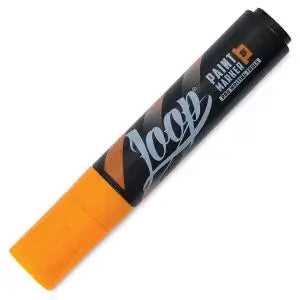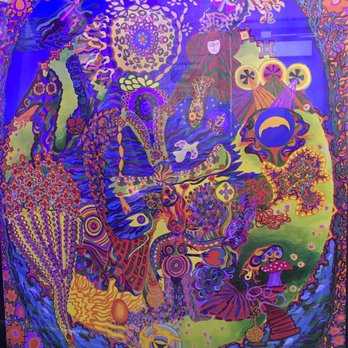Street art has exploded in popularity in recent years, with cities around the world becoming open-air galleries. From colorful murals to intricate stencils, street artists use their creativity and artistic skills to transform mundane buildings and walls into vibrant works of art.
But what tools and supplies do these artists use to bring their visions to life? Street art is a unique form of expression, and as such, requires specific materials to achieve the desired effect. Whether it’s spray paint, stencils, or brushes, these supplies are essential for street artists to create their masterpieces.
Spray paint is perhaps the most iconic tool of street artists. Its ability to cover large areas quickly and its vibrant colors make it the perfect medium for creating bold, eye-catching pieces. Artists often use multiple cans of spray paint in different colors to create depth and dimension in their murals.
Stencils are another popular tool used by street artists. These pre-cut templates allow artists to create intricate designs with precision. Stencils can be used with spray paint to quickly reproduce a design or pattern, making them a valuable tool for street artists on the go.
In addition to spray paint and stencils, street artists also rely on a variety of brushes to add finer details to their works. Brushes allow artists to add texture, gradients, and smaller details that can’t be achieved with spray paint alone. From wide flat brushes to tiny round brushes, artists use different types and sizes to achieve the desired effect.
Other essential street art supplies include protective gear such as gloves and masks, as well as ladder or scaffolding for reaching higher surfaces. These supplies not only help artists stay safe but also allow them to work comfortably and efficiently.
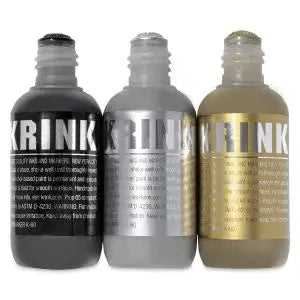
There are various types of stencils available, from simple shapes and letters to more complex designs and patterns. Artists can either purchase pre-made stencils or create their own using different materials such as cardboard, plastic, or metal.
When using stencils, artists typically spray paint or brush paint over the stencil onto the surface, creating a clean and crisp image. The stencil can be held in place with tape or adhesive to ensure accuracy and prevent any paint from seeping under the stencil.
Stencils offer artists the ability to easily replicate their designs, making it an efficient and time-saving tool. They also allow for precise control over the shape and size of the design, ensuring consistency across multiple artworks.
Many street artists use stencils to create political or social messages, as they provide a bold and impactful visual statement. By using stencils, artists can quickly reproduce their designs in various locations, amplifying the reach and impact of their message.
Overall, stencils are a versatile and valuable tool for street artists, enabling them to create detailed and visually striking artwork quickly and efficiently. With the right stencil, artists can bring their designs to life on the streets and make a lasting impression on passersby.
Caps
There are many types of caps available, each serving a different purpose. The standard cap, commonly referred to as the NY Fat, produces a wide spray pattern. It is ideal for filling large areas quickly. On the other hand, the skinny cap produces a thin and tight spray pattern, making it perfect for detailed work and fine lines.
Artists may also use specialty caps, such as the Astro Fat or the Pink Dot, to achieve specific effects. The Astro Fat produces a broad and soft spray that is great for creating gradients and shading. The Pink Dot, on the other hand, produces a fine and precise spray, allowing artists to add intricate details to their artwork.
Tips for using caps:

- Always test the cap on a scrap piece of cardboard or paper before using it on your artwork.
- Make sure the cap is securely attached to the spray can to avoid any leakage.
- To achieve a consistent spray pattern, maintain a consistent distance between the cap and the surface.
- Clean the caps regularly to prevent clogging and ensure optimal performance.
- Experiment with different caps to discover new techniques and effects.
Conclusion
Caps are an essential tool for street artists, allowing them to control the spray pattern and achieve different effects. By experimenting with different caps, artists can unleash their creativity and create unique and captivating artworks.
Posters
If you are looking to add some color and personality to your walls, posters are a great option. They can be a fantastic way to showcase your favorite artists, movies, or even your own artwork. Here are some street art supplies you will need to create your own posters:
Poster paper
To create your own posters, you will need poster paper. This type of paper is thicker and sturdier than regular printer paper, which makes it more suitable for hanging on the wall. Poster paper comes in various sizes, so you can choose the one that fits your needs.
Markers and paints
To add your own designs and artwork to the poster paper, you will need markers and paints. Choose vibrant colors that will make your poster stand out. Acrylic paints are a popular choice as they are easy to work with and create bold, bright colors.
You can use markers to create intricate designs or add fine details to your poster. Look for markers that have a wide variety of tip sizes, so you can easily switch between thick lines and small details.
Stencils and stickers
If you’re not confident in your artistic skills or simply want to add some extra flair to your poster, stencils and stickers can be a great option. Stencils allow you to create intricate designs and patterns with ease, while stickers can be used to add fun and unique elements to your poster.
There are many different stencils and stickers available, from geometric shapes to popular characters. Choose ones that align with the overall theme or message of your poster.
Scissors and glue
To cut out shapes or images for your poster, you will need a pair of scissors. Make sure to choose scissors that are sharp and comfortable to use. Glue can be used to attach cutouts or other elements to your poster, giving it a layered and textured look.
| Street Art Supplies for Posters: |
|---|
| Poster paper |
| Markers and paints |
| Stencils and stickers |
| Scissors and glue |
Stickers
Stickers are a popular form of street art that allows artists to easily exhibit their creations in public spaces. Whether it’s a small sticker featuring a doodle or a large sticker with an intricate design, stickers are a versatile and accessible medium for street artists.
Street art stickers come in a variety of shapes and sizes. They can be small and inconspicuous, or large and eye-catching. Artists often create their own stickers using adhesive vinyl, or they may use pre-made stickers that can be purchased from art supply stores or online retailers.
One of the advantages of using stickers in street art is their portability. Artists can easily carry a stack of stickers with them and quickly attach them to various surfaces in a matter of seconds. This allows for quick and spontaneous artwork in unexpected locations.
Stickers can also be used to convey messages or promote social causes. Many street artists use stickers as a platform to share their opinions or raise awareness about specific issues. Stickers with political or social commentary can be found on walls, light poles, and other surfaces in urban areas.
When creating street art stickers, artists have endless possibilities for designs. They can use various techniques such as hand-drawn illustrations, stencils, or digital art to create unique and visually captivating stickers. Some artists even collaborate with others to create sticker packs that feature a collection of different designs.
Markers
Markers are essential tools for any street artist. They offer a wide range of colors and tips that allow artists to create vibrant and detailed works of art.
Types of Markers
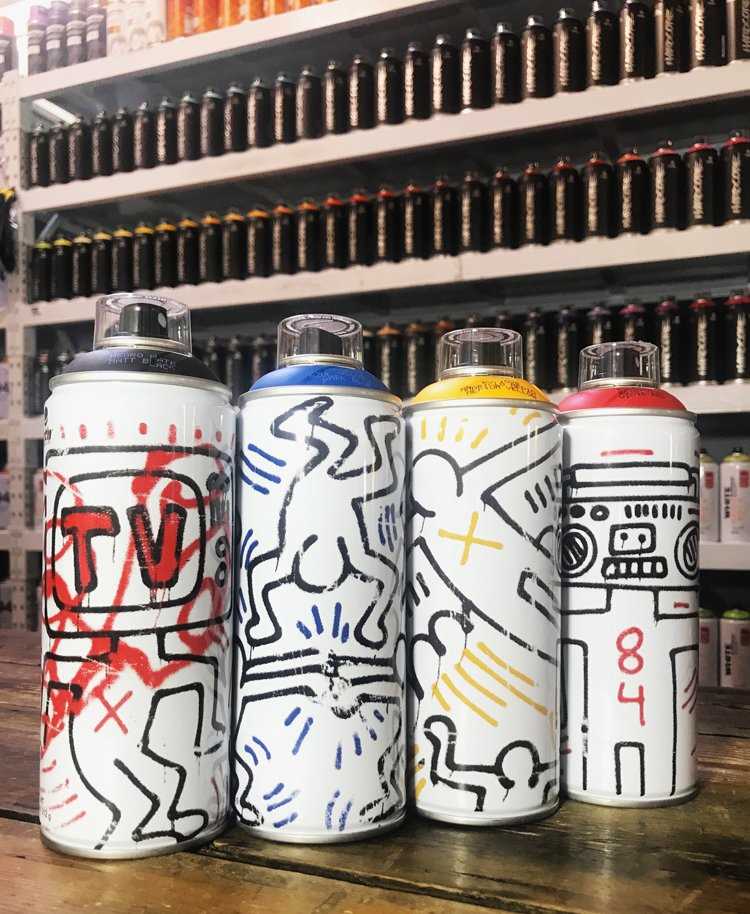
There are several types of markers that street artists commonly use:
- Paint markers: These markers contain pigmented acrylic paint that is durable and waterproof. They come in various tip sizes and can be used on a variety of surfaces.
- Permanent markers: These markers are made with ink that is resistant to fading, making them ideal for outdoor use. They typically have a fine or medium tip for precise lines.
- Spray paint markers: These markers work like spray cans but offer more control and precision. They are popular for large-scale murals and graffiti.
- Chalk markers: These markers contain liquid chalk and are ideal for temporary or semi-permanent works of art. They are commonly used for sidewalk art and lettering.
Tips for Using Markers
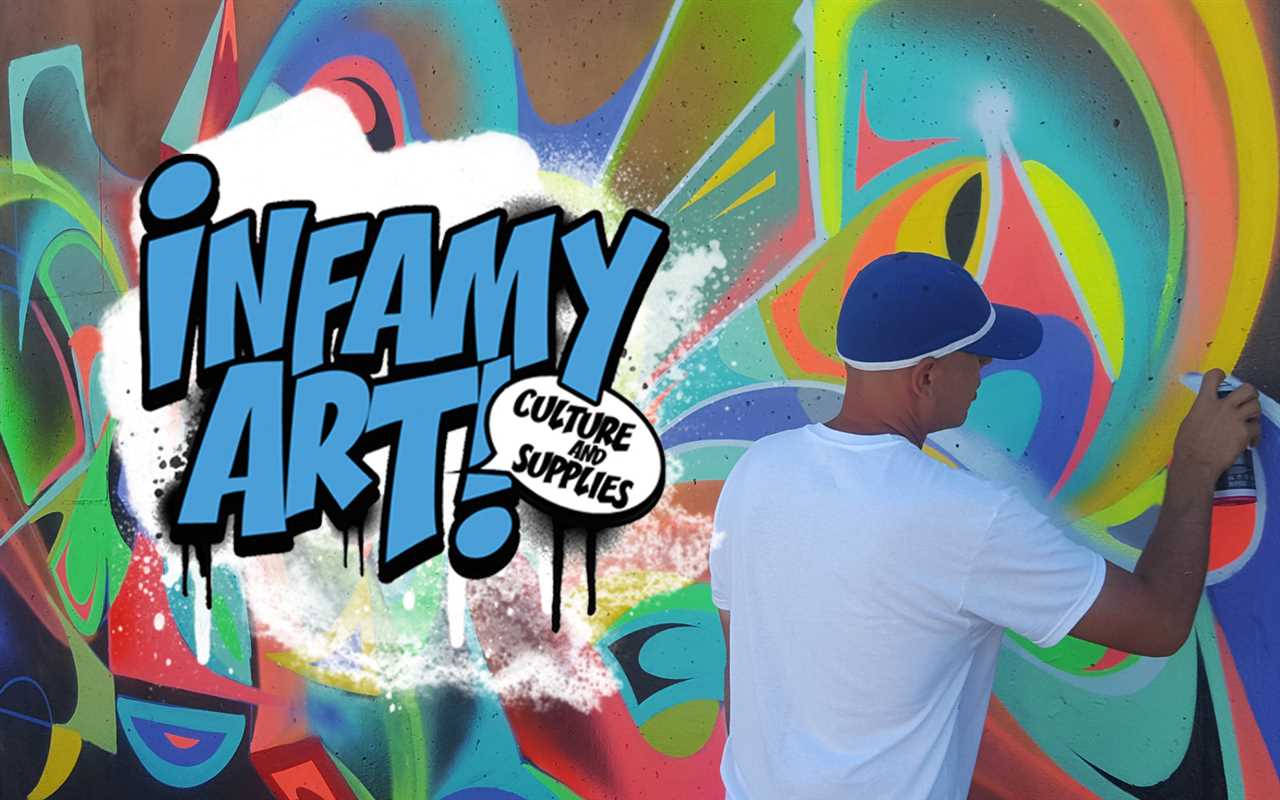
Here are some tips to get the most out of your markers:
- Test the markers on a scrap piece of paper before using them on your art to ensure they are the desired color and tip size.
- Store markers horizontally to prevent the ink from settling on one side, which can affect the flow of ink.
- Experiment with layering markers to create unique effects and gradients.
- Clean the marker tips regularly to prevent clogging and maintain optimal performance.
- Consider using markers with replaceable tips to extend their lifespan and versatility.
With the right markers and techniques, street artists can bring their visions to life and make a lasting impact on their surroundings.
Spray Cans
Spray cans are essential tools for street artists. They provide a convenient and efficient way to create vibrant and eye-catching pieces of art on different surfaces. Whether you’re a beginner or an experienced artist, having a good selection of spray cans is crucial for achieving the desired results.
When it comes to choosing spray cans, there are several factors to consider. First, you need to decide on the type of paint you want to use. Acrylic spray paint is commonly used for outdoor murals and graffiti, as it provides excellent coverage and durability. On the other hand, water-based spray paint is more suitable for indoor art projects and is easier to clean up.
In addition to the paint and nozzle, it’s also important to choose high-quality spray cans. Look for reputable brands that offer reliable and durable products. Cheap spray cans may clog or leak, resulting in a frustrating and messy painting experience. Investing in quality spray cans will save you time and frustration in the long run.
When using spray cans, it’s essential to consider safety precautions. Always work in a well-ventilated area or wear a mask to avoid inhaling harmful fumes. Shake the can well before each use to ensure the paint is mixed properly. Test the spray can on a scrap surface before starting your artwork to get a feel for the nozzle and paint flow.
Graffiti
Graffiti is a form of street art that involves the use of spray paint, markers, stencils, or other materials to create artwork on public surfaces such as walls, buildings, and streets. It is often considered illegal, as it involves defacing property without permission. However, graffiti has gained recognition as a legitimate form of art and self-expression.
There are different styles and techniques used in graffiti, including tags, throw-ups, and murals. Tags are usually a stylized version of the artist’s name, painted quickly and often with one color. Throw-ups are larger and more complex, with multiple colors and layered images. Murals are intricate works of art that cover an entire wall or building, often telling a story or conveying a message.
The History of Graffiti
Graffiti has a long history dating back thousands of years. It can be traced back to ancient civilizations, such as Ancient Egypt and the Roman Empire, where people would carve or paint on walls to express themselves or leave a mark. In the modern era, graffiti emerged as a form of cultural expression in the 1960s and 1970s, particularly in cities like New York. It was associated with hip-hop culture and youth rebellion.
Graffiti became popular as a way for marginalized communities to have a voice and make their mark on the urban landscape. It was also used as a form of protest, social commentary, and political expression. Over the years, graffiti has evolved and adopted different styles, techniques, and influences, making it a dynamic and ever-changing art form.
The Impact of Graffiti
Graffiti has had a significant impact on popular culture and the art world. It has blurred the lines between fine art and street art, challenging traditional notions of what constitutes as art. Many graffiti artists have gained recognition and acclaim, with their works being displayed in galleries and museums.
Graffiti has also sparked debates about public space, property rights, and freedom of expression. Some argue that it is vandalism and should be eradicated, while others view it as an important form of cultural expression that adds vibrancy and character to the urban environment.
In recent years, street art festivals and initiatives have emerged, providing legal spaces for graffiti artists to showcase their talents and beautify public spaces. This has helped to change public perception and appreciation for graffiti as a legitimate art form.

I am a mural enthusiast and a fervent admirer of street art. Rather than creating murals myself, I am passionate about collecting them. My love for street art knows no bounds. I am dedicated to curating and cherishing these artworks that grace the streets. My collection stands as a testament to my profound appreciation for this form of artistic expression.
read about me

